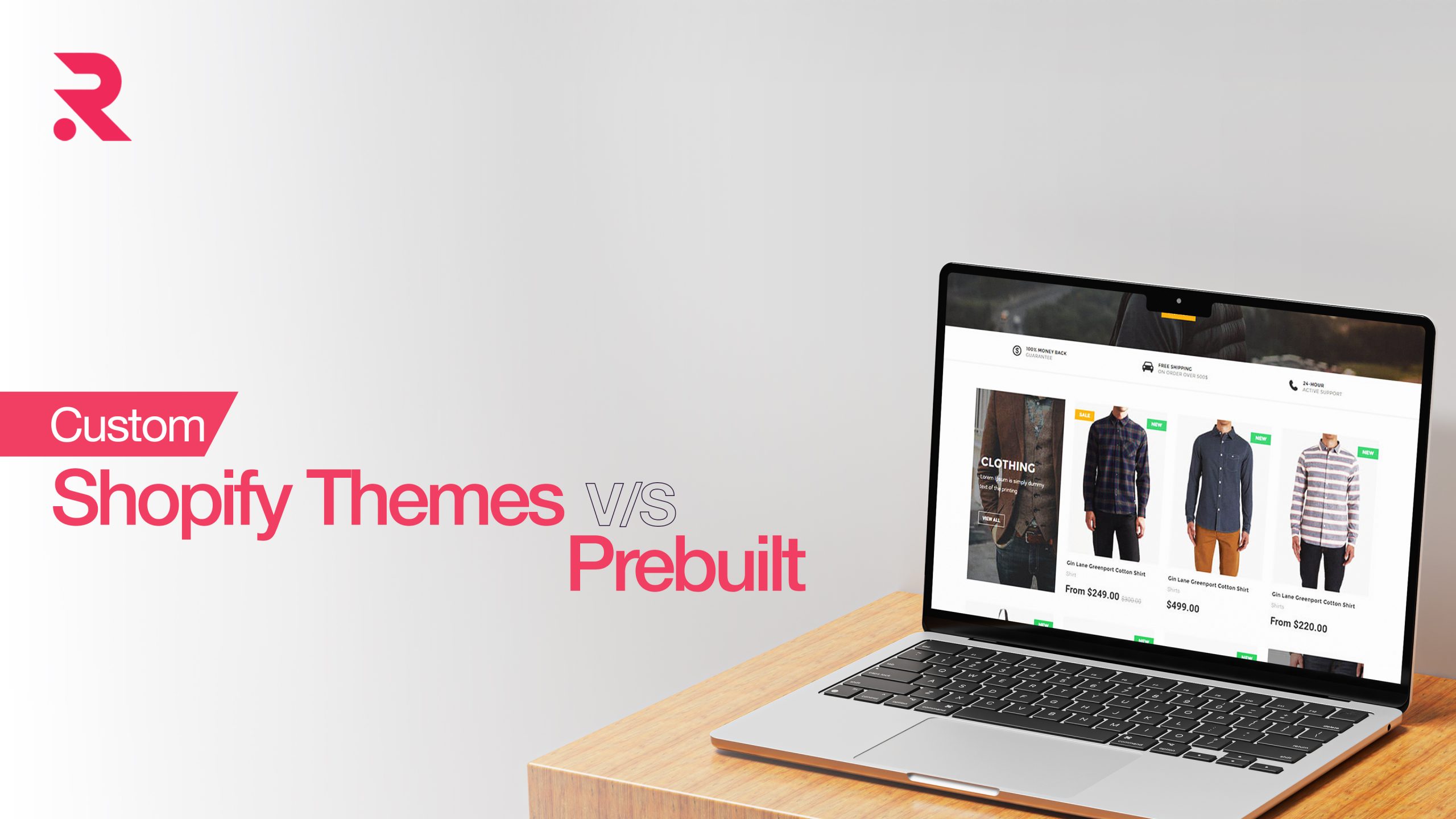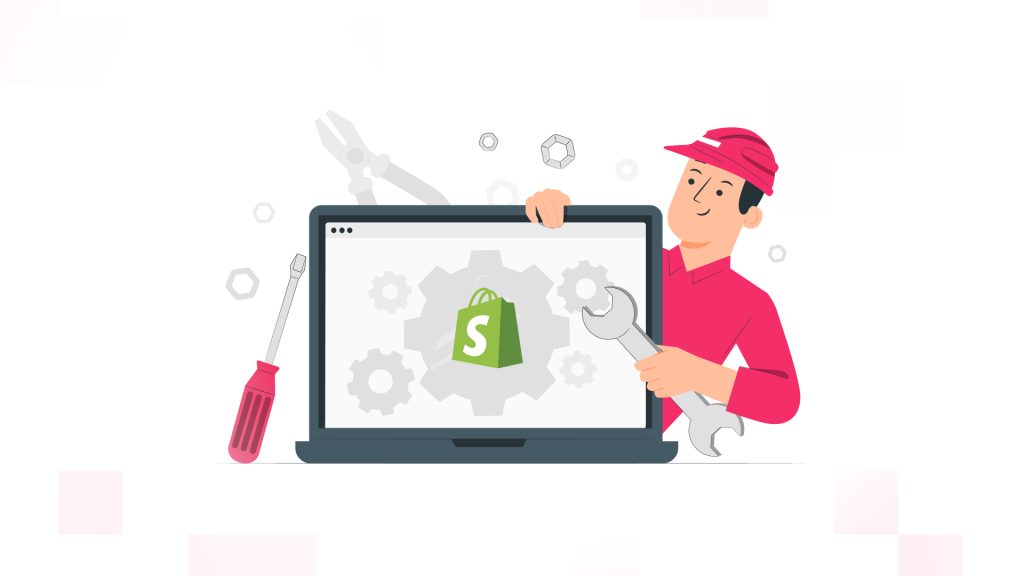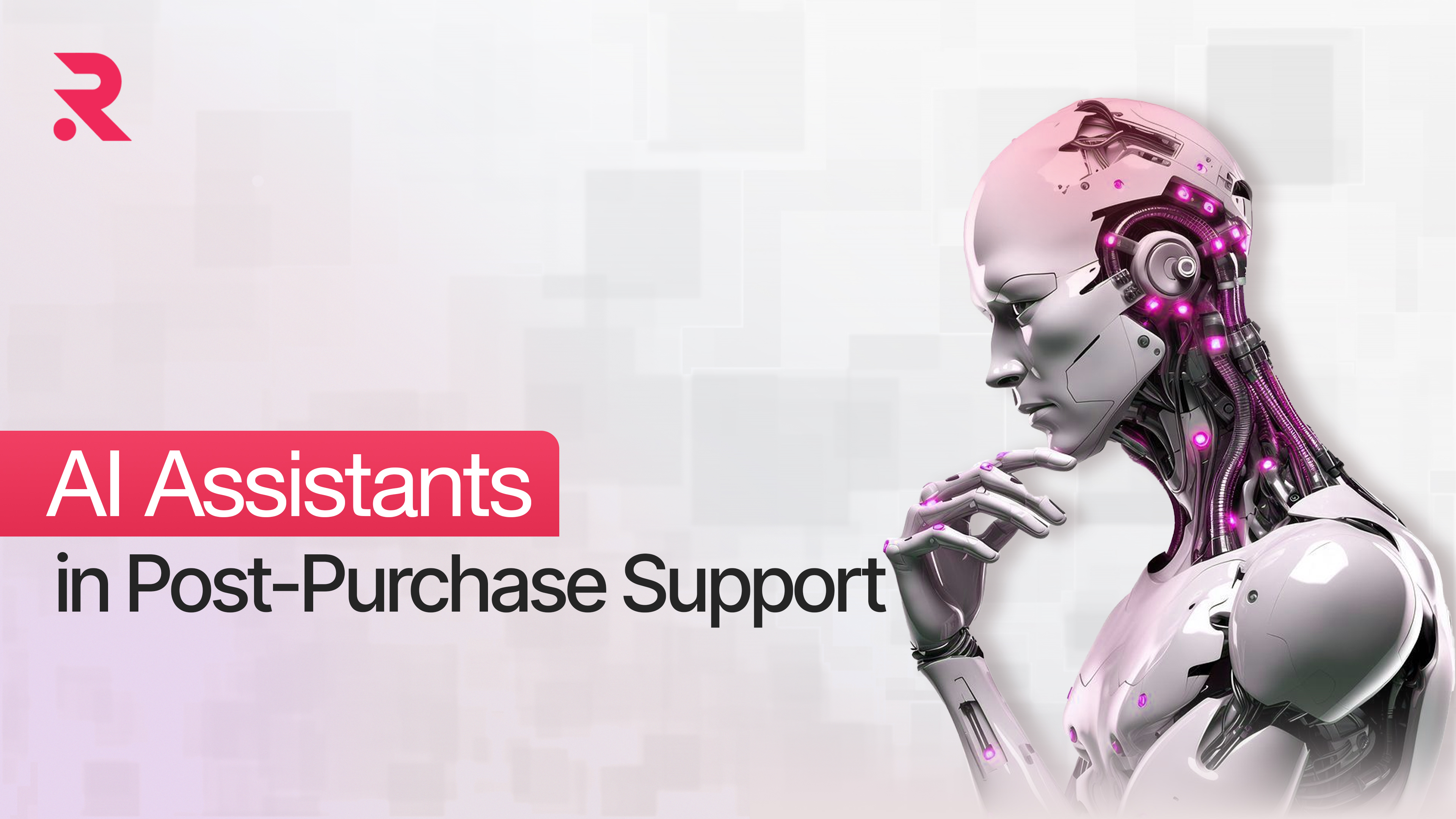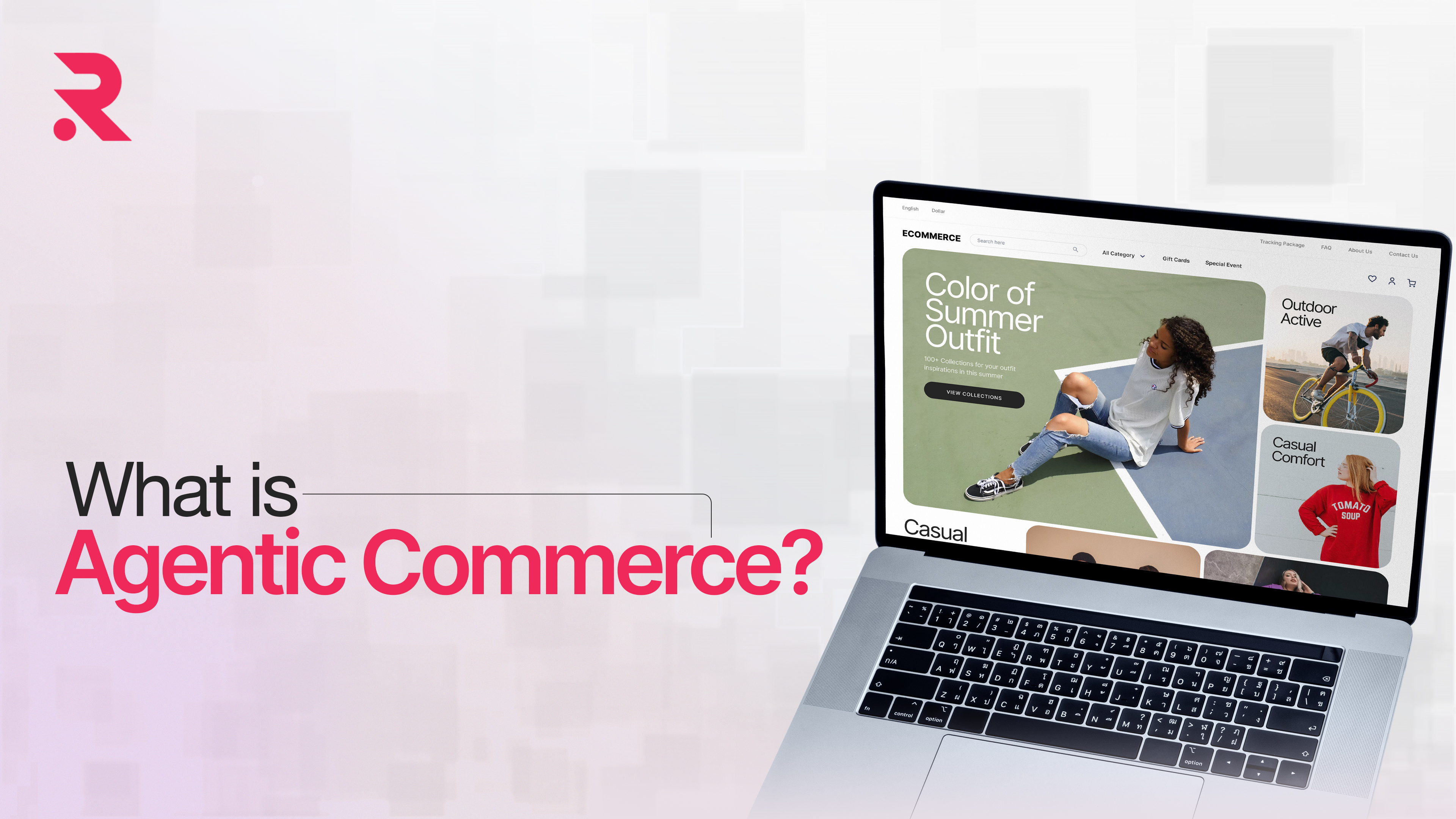Custom Shopify Themes vs. Prebuilt: Which Is Right for Your Business
One of the key decisions any ecommerce business faces is whether to invest in Custom Shopify Themes vs. Prebuilt options. This question determines the working of the site, degree of user experience, and long-term scalability. A good idea of how each one differs will allow you to make an informed choice that suits your goals.
- June 9, 2025
- by Tarun


The design and features of your online store help you attract and retain clients in this highly competitive ecommerce space. Considered one of the best ecommerce platforms, Shopify offers two engineering possibilities for your store design: custom themes and prebuilt themes. Each has its pros and cons. It is crucial to assess the best option for your business needs.
Custom Shopify themes are created specifically for your store, giving scope for unique design and features tailored to your brand identity. These prebuilt templates/theme solutions are the ready-made templates that could be implemented quickly, thereby saving some expense for those on budgetary constraints or for someone who could spend hardly any time for customisation.
This article further delves into the major differences existing between custom and prebuilt Shopify themes, checking for costs, performance, SEO, scalability, and user eyes. From this, you can gain a clear idea of what works best for your commercial needs and how to maximise the implementation of the option you have chosen.
Custom Shopify Themes vs. Prebuilt: A Comparative Analysis

Cost Considerations
Custom Themes: A custom Shopify theme will usually cost more upfront because of the professional custom design and development services involved. However, this can be a worthy investment with respect to having an ecommerce store that remains unique and scalable for years ahead.
Prebuilt Themes: Prebuilt themes are considered to be more economical and are suitable for startups or smaller businesses working with tight budgets. They provide quick installation but may rack up additional charges for any sort of customisation and integration in special areas.
Read more about thethe Cost of Shopify in tthe UK.
Performance and SEO
Custom Themes: Custom themes are well-optimised for your exact store needs, resulting in cleaner code for faster loadings. Such optimisation is essential for getting a better rank from search engines and ensuring a good user experience.
Prebuilt Themes: Though prebuilt themes are supposed to be responsive, they may contain code and features that pace your site down; therefore, it is negatively impact your SEO performance and user engagement.
User Experience and Design Flexibility
Custom Themes: Custom themes allow you the option of designing a user interface of your own choice that resonates with your brand and target audience preferences. This personal touch may very well increase consumer satisfaction and conversion.
Prebuilt Themes: Prebuilt themes allow only a limited scope of customisation for a unique customer experience. Though they can be of some help in initialisation, they may not be able to fully depict the identity of your brand.
Scalability and Future Growth
Custom Theme: A custom theme is made with scalability in mind, allowing for ease in adding new features and expanding with business growth. In other words, it allows your online store to change with minimal changes being made elsewhere.
Prebuilt Theme: Prebuilt themes may pose constraints with respect to changes and hence may need to be customised, or in some cases, completely redone to suit the altered needs of the business.
Maintenance and Support

Custom Themes: Being custom, it is the development team that normally takes care of and offers ongoing maintenance and support, keeping your store in tip-top condition. However, with such assurance, your resources must be devoted to it on an ongoing basis.
Prebuilt Themes: Updates and community support usually come with prebuilt themes. The upside here is that when specific problems arise, third-party assistance may either be slow or outright refuse to entertain the issue.
Security Consideration
Custom Themes: Custom themes have the possibility of being built considering the best security practices, which slight the risk of security vulnerabilities, therefore giving them the edge of data protection law compliance.
Prebuilt Themes: Prebuilt themes may, however, not cater to the latest security standards, thus exposing your store to risk if adequate maintenance and upgrades are not observed.
Worried about the security of your Shopify store? Here is the Guide for Shopify Security.
SEO and Page Speed Implication
SEO is a long-term investment, and your theme’s structure plays a vital role in how your content fares in search results.
Custom Theme: SEO can be accounted for right from the outset when developing the theme. Developers can make sure there is clean semantic HTML with no script bloat, and meta fields are structured in a way that will best suit Shopify’s SEO best practices.
Prebuilt Theme: Given that many prebuilt themes come with bulky features, they can easily be unnecessary for the individual store. This can only mean slower charging times, which happen to be one factor when it comes to ranking in a search engine. Prebuilt themes often include redundant scripts and outdated practices, and they rarely allow you to customise important SEO elements such as heading structures and canonical tags.
Use Google PageSpeed Insights, Lighthouse report, and many other tools to check for the performance of a theme before buying it!
Need technical SEO guidance and support to boost your search engine rankings?
Our Experts Can Help!
Integration with Other Systems
As your store grows, you will connect it to other systems such as CRM, ERP, inventory platforms, custom APIs, or headless content systems.
Custom Shopify Themes: Developers usually build these with system integrations in mind. Developers can structure the codebase in such a way as to allow for advanced logic, asynchronous loading, or even decoupled front ends (putting the combination of Shopify with a CMS like Contentful).
Prebuilt Themes: These are set up for common functionalities. They might be able to support Shopify apps, though, and usually, that support doesn’t go very deep in terms of third-party integrations.
Mobile Responsive and User Experience
As m-commerce is now the majority of online sale, your Shopify theme has to operate perfectly on smaller screens.
Custom Themes: It allows developers to address the design from a mobile-first perspective, where devices and screen behaviours are considered upfront. The designers considered image optimization, touch-friendly components, and responsiveness in every aspect of the site design.
Prebuilt Themes: These are also responsive, but some use slightly outdated frameworks. Worse, they may rely on generic CSS media queries that fail to account for unique mobile user flows.These mismatches will shine on mobile checkouts and will turn conversion down.
Ownership and Portability
Custom Shopify Themes: The moment you invest in custom Shopify themes, you should be well aware that you own the codebase. This means you are not dependent on a third-party developer for future updates and may work on whatever modifications you desire.
Prebuilt Themes: on the other hand, you fall into the same updating cycle and updating decisions as the theme creator. If support for the theme is no longer provided or compatibility problems occur with newer Shopify updates, you might have to rebuild or switch themes sooner than you intended.
Custom Shopify Themes and Conversion Optimisation
The custom theme strategies go beyond branding and can cater to the consideration of user behaviour in the design processes. Designers can map out checkout flows, search filters, landing pages, and product detail layouts around how their users interact with the site. Consider the example:
- Should the majority of users arrive on collection pages via ads, we can design the custom theme to favour fast filters UX and excellent category image loading times.
- If your product is highly video based, you will want to design your components to present video content above the fold without any drawbacks to page speed.
Software optimisation is much more difficult with prebuilt themes that often place key components behind template structures that are nearly impossible to change.
When to Choose a Custom Shopify Theme?
Brands often choose a custom Shopify theme when their strategy emphasizes unique storytelling, non-standard layouts, and integrations that most templates don’t support. For instance:
- A fashion retailer looking for a rich editorial layout, lookbook style, and layered filtering.
- An organisation running a subscription service requiring advanced checkout flows and dashboard-style user accounts.
- A luxury product brand requiring animations and UX interactions with a heavy degree of detail.
Having custom themes means developers can think about performance right from the start. Most prebuilt solutions are designed to serve a broad range of businesses. Still, the custom approach removes unneeded features, thereby improving load times and offering a trimmed experience crafted specifically for the clients.
Conversely, companies in the health, finance, or global markets often favor custom themes because they provide complete control over data management and presentation.
Need a future-proof Shopify Store Design?
Our Experts Can Help!
When a Prebuilt Theme Makes Business Sense?
Prebuilt themes are an excellent option for early-stage businesses or those experimenting with product-market fit. Most of the Shopify themes these days are of really good quality, mobile-friendly, and come with enough flexibility to customise certain design elements without any coding.
Sites that work well with prebuilt themes include:
- Single-product stores or MVPs testing demand
- Seasonal or event-specific campaigns
- Businesses with straightforward catalogues and basic functionality needs
Making the Right Choice for Your Business
A number of reasons come into play regarding the choice between custom and prebuilt Shopify themes, such as business size, budget, and long-term plans. So, do custom themes really work? If you want something uniquely designed with custom features that also scales, this might be it. Otherwise, from time to time, you might need to set up a prebuilt theme for a quick, cheap fix.
A number of reasons come into play regarding the choice between custom and prebuilt Shopify themes, such as business size, budget, and long-term plans. So, do custom themes really work? If you want something uniquely designed with custom features that also scale, this might be it. Otherwise, from time to time, you might need to set up a prebuilt theme for a quick, cheap fix.
Have a weight in all the pros and cons from both sides and see what fits more with your business goal. It is a good idea to consult with a Shopify expert or a custom development agency for their thoughts so that you can be guided in making an informed decision that will promote your ecommerce development.
| Feature | Custom Shopify Theme | Prebuilt Shopify Theme |
| Cost | Higher first-time cost | Lower first-time cost |
| The flexibility of Design | High – bespoke design structure | Moderate – template-based |
| Performance | Optimised per project needs | May include unneeded code; may slow load times |
| Scalability | Built for long-term business growth | May need replacement or major changes later |
| Maintenance | Requires dedicated support | Community or theme developer support |
| Security | Controlled and customised security features | Depend upon the developer and need constant updating |
| Time to Market | Longer – from planning to design testing | Faster – out-of-the-box functionality |
| SEO | Best optimised structure and meta customisation | Depends on the theme developer’s practices |
| Long-Term Value | High adaptability and sustainability | May require upgrading or rebuilding |
Which Is Best for You?
| Decision Factor | Ideal for Custom Theme | Ideal for Prebuilt Theme |
| Brand Identity Importance | High – Brand distinction matters | Low – Basic branding is sufficient |
| Time to Launch | Moderate to long | Short |
| Budget | Medium to High | Low to Medium |
| Internal Tech Resources | Available | Limited |
| Functionality Requirements | Advanced – unique features needed | Basic – common features sufficient |
| Long-Term Vision | Growing, evolving product line | Static or short-term setup |
Conclusion
The eCommerce ecosystem houses both finishes of the Shopify theme. The essential thing to consider in a theme is how well it aligns with the business priorities—not just in terms of aesthetics but also with infrastructure, flexibility, and longevity.
Prebuilt themes bring you immediate gratification and operation at the least cost. It’s big for a business, especially on the launch side. If they do really require complex requirements and integrations in terms of design or control, from the standpoint of design control, one should present weight to procuring a custom-made Shopify theme from the get-go so as to avoid potential hurdles that will weigh heavy on its return in the very long term.
As one sets the stage for one’s presence online, one moves forward and with confidence with the awareness of the real differences between custom Shopify themes and prebuilt ones.
 Shopify
Shopify

















